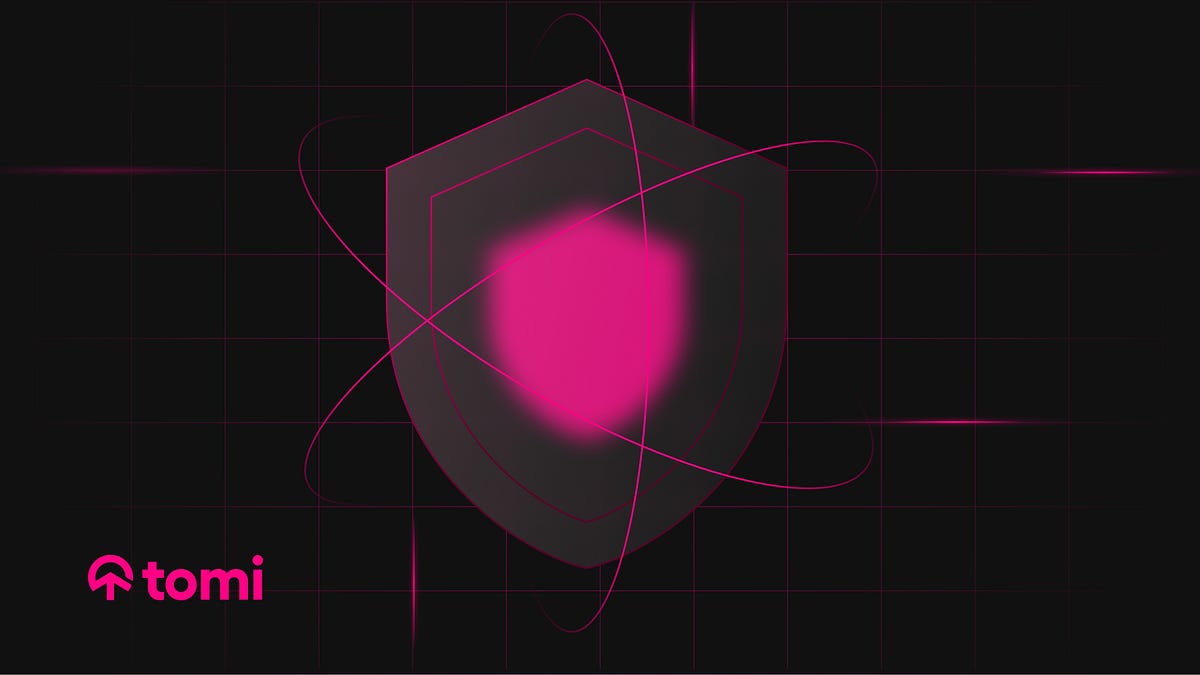Navigating Security and Privacy in Web3

Web3 represents a transformative shift in the internet landscape, emphasizing decentralization through blockchain technology. Unlike its predecessor, Web2, which relies on centralized servers controlled by corporations, Web3 distributes data across a vast network of users. This decentralization enhances security and privacy, as data manipulation and censorship become significantly more challenging. Users gain greater control over their information, moving away from the data exploitation common in Web2, where companies like Google monetize personal data for targeted advertising.
Security and privacy in Web3 are underpinned by cryptographic techniques that ensure data integrity and user identity verification. Transactions on the blockchain are traceable yet immutable, allowing users to manage their data without the risk of unauthorized alterations. However, this new landscape is not without its challenges. Scammers employ various tactics such as phishing, impersonation, and malicious smart contracts to exploit unsuspecting users. Therefore, understanding these risks and implementing protective measures, such as using hardware wallets and enabling Two-Factor Authentication (2FA), is crucial for safeguarding digital assets.
As Web3 continues to evolve, balancing anonymity with transparency remains a significant hurdle. While technologies like zero-knowledge proofs and homomorphic encryption promise enhanced privacy, the potential for misuse looms large. Regulatory frameworks are likely to emerge, aiming to protect users while addressing privacy concerns. Users must stay informed about the platforms they engage with, ensuring they utilize reputable services and remain vigilant against potential threats. By adopting best practices in security and privacy, individuals can navigate the complexities of Web3 with confidence, ultimately contributing to a safer digital ecosystem.